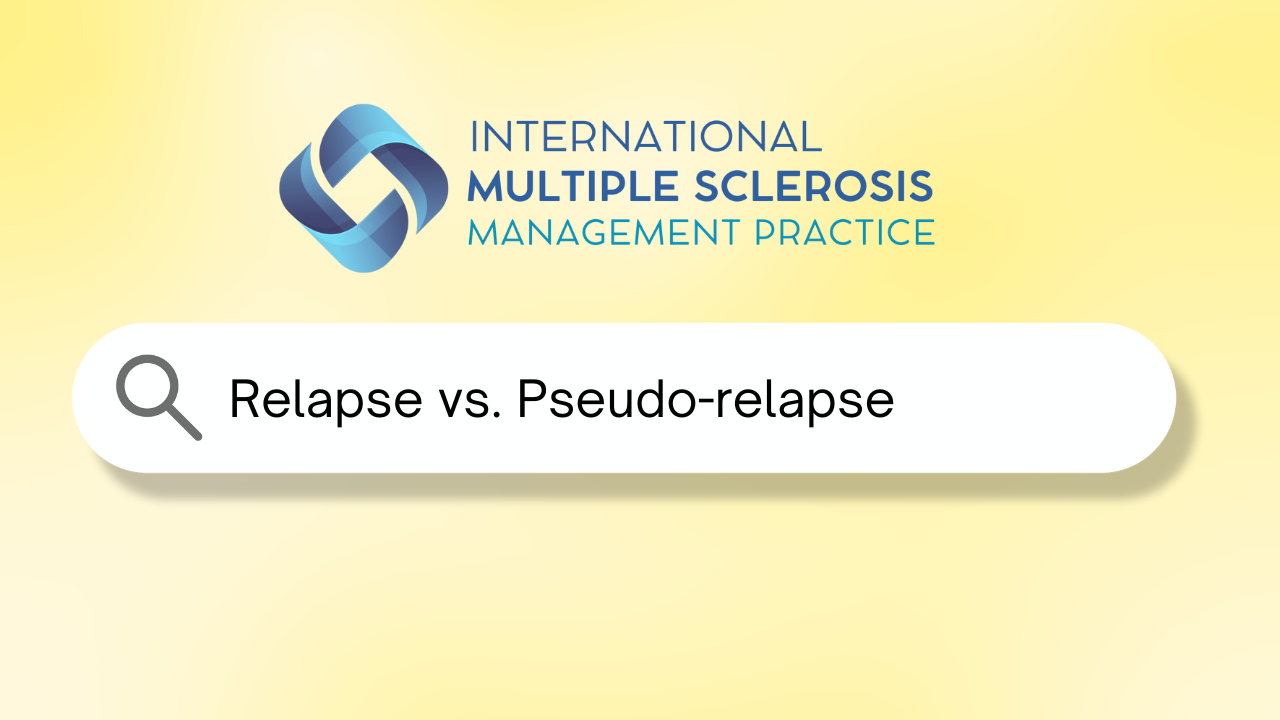
About MS
Understanding MS
Multiple sclerosis (MS) is an autoimmune condition that affects the central nervous system. Autoimmune conditions occur when the body’s immune system mistakenly attacks its own healthy tissues. In the case of MS, the body attacks the myelin sheath, a protective covering that surrounds nerve fibers in the brain and spinal cord.
As myelin degrades, a process called demyelination, nerves become inflamed and nerve signals slow down or stop, resulting in symptoms like numbness, weakness, vision changes, cognitive difficulties, motor problems, and mobility challenges.
There is currently no known definitive cause of, or cure for, MS. Our research partner, the Tisch MS Research Center of New York, works tirelessly to this end. Thankfully, scientific advancements in recent years have produced highly effective therapies for managing MS symptoms.
MS affects women approximately 3x more than men, and is the leading cause of physical disability in young adults.
Visit the IMSMP Video Library
The 4 MS Subtypes
There are 4 main types of MS:
Relapsing-Remitting MS (RRMS)
RRMS is the most common subtype, affecting about 85% of patients. With RRMS, patients experience periods of remission, where the disease is all but non-existent, followed by periods of new or worsening symptoms (relapses).
Secondary Progressive MS (SPMS)
Some patients with RRMS develop SPMS. With SPMS, patients experience fewer or no periods of remission, and their symptoms gradually worsen over time.
Primary Progressive MS (PPMS)
PPMS affects about 10-15% of patients. It is technically its own unique disease, and patients with PPMS gradually worsen from the onset of their symptoms (essentially “skipping” RRMS). They do not experience periods of remission.
Clinically Isolated Syndrome (CIS)
CIS is a single episode of MS-like symptoms that lasts for more than 24 hours. Sometimes, this develops into RRMS or PPMS.
Diagnosing MS
There is no one test to diagnose MS. Clinicians use multiple methods including assessing the patient’s history, a physical examination, extensive bloodwork, and MRIs of the brain and spinal cord. Sometimes disease progression occurs without changes in symptoms, which makes MRIs an invaluable tool. MRI’s may reveal areas of inflammation, which we refer to as lesions or scars. Subtle differences in the shape, location or size of lesions (areas of inflammation that occur in the brain or spinal cord) give providers a full picture of disease status.
After diagnosis, your neurologist will work with you to build a custom treatment plan focused on your individual goals and lifestyle. This may include oral or infused medications, as well as lifestyle adjustments, physical or occupational therapy, and comorbidity mitigation.






